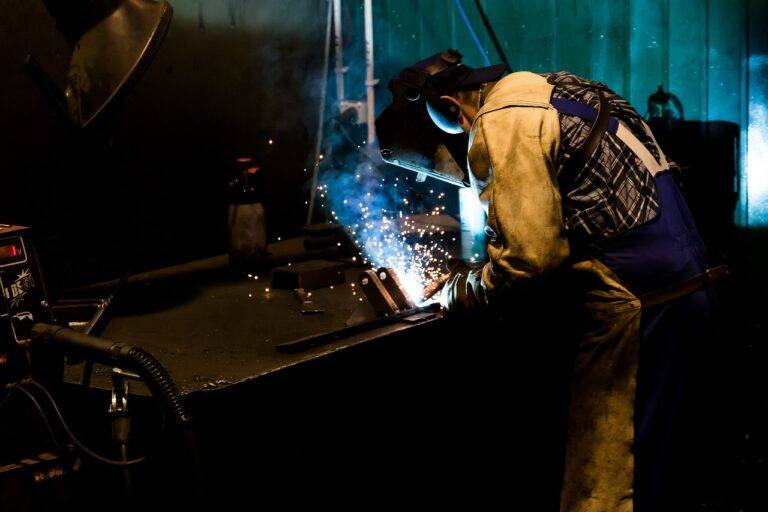The Impact of Tech on Cultural Heritage Preservation
Preserving cultural heritage is a complex task that faces numerous challenges worldwide. One significant issue is the lack of funding and resources dedicated to conservation efforts. Many heritage sites are in urgent need of restoration and maintenance, but financial constraints often hinder progress. Additionally, there is a constant threat of natural disasters, armed conflicts, and vandalism that pose serious risks to the integrity of cultural monuments and artifacts.
Another key challenge lies in the growing impact of climate change on heritage sites. Extreme weather events, rising sea levels, and temperature fluctuations can accelerate the deterioration of historic structures and artworks. Climate change also affects the ecosystems surrounding heritage sites, leading to further degradation and loss of authenticity. Finding sustainable solutions to mitigate these environmental risks is crucial for ensuring the long-term preservation of cultural heritage for future generations.
Role of Technology in Cultural Heritage Conservation
Technology plays a crucial role in the conservation of cultural heritage by offering innovative solutions to challenges faced in preserving artifacts, monuments, and historical sites. Through the use of advanced imaging techniques such as 3D scanning and high-resolution photography, experts can create detailed digital replicas of fragile objects or structures, allowing for their virtual preservation and study without risking damage from physical handling.
Additionally, technology enables greater accessibility to cultural heritage by providing online platforms for virtual tours, interactive exhibits, and digital archives. These digital resources not only allow people from around the world to experience and learn about different cultural heritages but also help in raising awareness about the importance of preserving such valuable aspects of our shared history.
What are some challenges in cultural heritage preservation?
Some challenges in cultural heritage preservation include natural disasters, climate change, urban development, lack of funding, and inadequate resources for conservation efforts.
How can technology help in cultural heritage conservation?
Technology can help in cultural heritage conservation by providing tools for documentation, monitoring, restoration, and virtual preservation of heritage sites. It can also aid in data analysis, research, and public engagement in heritage preservation efforts.
What are some examples of technology being used in cultural heritage conservation?
Examples of technology being used in cultural heritage conservation include 3D scanning and modeling, GIS mapping, drones for aerial surveys, virtual reality for immersive experiences, and digital archives for documentation and preservation of cultural artifacts.
How can technology empower local communities in cultural heritage conservation?
Technology can empower local communities in cultural heritage conservation by providing them with tools and resources to actively participate in preserving and promoting their cultural heritage. This can include digital storytelling, community mapping, and crowd-sourced data collection initiatives.
What role do governments and organizations play in leveraging technology for cultural heritage conservation?
Governments and organizations play a crucial role in leveraging technology for cultural heritage conservation by investing in research and development, promoting collaboration between stakeholders, and creating policies and guidelines for the ethical use of technology in heritage preservation.





